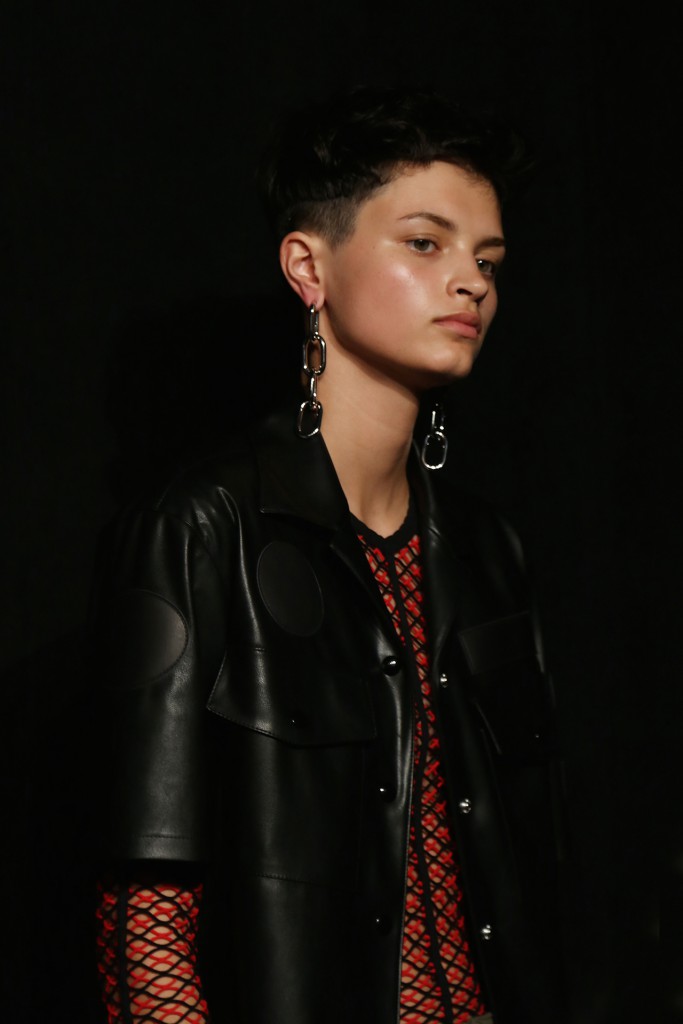

Louis, Missouri Thomas Chavez, Director of the Palace of the Governors Museum, Santa Fe, New Mexico and Richard Salazar, Senior Archivist and Ronald Xavier Montoya, Archivist, State Records Center and Archives, Santa Fe, for the time they spent with me. Michel, Director of Library and Archives, Missouri Historical Society, St. Some individuals at several libraries and archives shared not only their manuscripts, but also their personal knowledge. the Western History Room of the Denver Public Library the Southwest Museum, Los Angeles, California the Library of the Colorado State Historical Society, Denver, Colorado the University of New Mexico Library, Albuquerque, New Mexico and the Huntington Library, San Marino, California.

I am grateful to the National Archives in Washington, D.C. Many libraries and archives have permitted me to examine their manuscript collections. I also thank Jack Wise, Executive Director, Bent's Old Fort Historical Association for several informative and enjoyable conversations. Other park staff to whom I owe a debt include Steve Thede, Chief of Interpretation and Visitor Services Ranger Interpreter Craig Moore Volunteer Interpreter Betty Wesley Curator Carol Maass and Park Aide (and retired archaeologist) Gerald Dawson. I was guided by Myron Lounsbury's knowledge of poststructural and postmodern work.Įspecially helpful to my research have been the staff of Bent's Old Fort National Historic Site, including the current Superintendent, Donald Hill, and the Superintendent of the site when I did my archaeological fieldwork, John Patterson, as well as the current Chief of the Division of Interpretation and Resource Management, Alexandra Aldred, who was an administrative assistant there when I first came to the fort. JohnĬaughey tutored me in the methods of ethnographic fieldwork, and the achievements and approaches of the New Ethnology. Fred Nicklason generously shared his knowledge of Native American history and the trans-Mississippi West with me. The intellectual excitement of my conversations with Mary and Mark, and their patience, I shall always recall with gratitude.

Leone has been gracious enough to meet with me many times to discuss, and sometimes debate, this approach. Mary Corbin Sies, the chair of my committee, encouraged me then and has encouraged me since to refine my theoretical approach, particularly in regard to the problematic concept of cultural hegemony. This book was, at a point in its history that now seems rather distant, a dissertation. I have been fortunate to have encountered many people who, like Roxie, have been very helpful, interesting, and intellectually stimulating. Roxie went on to work many years for Bent's Old Fort National Historic Site, so perhaps the excavation and our conversation were as provocative for her as for me.

What did we-I, Roxie, any of us-expect to learn from material, oral, behavioral, and written manifestations of the past? What could and should we expect? Why did we care? My search for instructive context led me eventually to the ideas that give form to this book. The first shard of historic ceramic was retrieved by Roxie Hoss, an energetic and altogether delightful local woman, who exclaimed, "Is this what we're looking for? My grandmother has some of this stuff!" We had a discussion about the importance of context at that point, one so intellectually provocative to me that I have been thinking about it for all of the intervening years. This project began with excavations I conducted in 1976 at the two trash dumps in front of Bent's Old Fort.


 0 kommentar(er)
0 kommentar(er)
